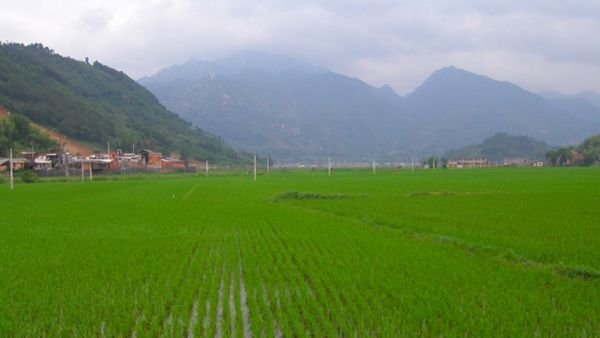New research has shed light on how paddy field rice farming rapidly expanded along Asia’s coastline 2,000–3,000 years ago after freshwater conditions improved, according to an international team of earth sciences researchers that includes a University of Hawaiʻi at Mānoa archaeology professor. The findings were featured in an article in Proceedings of the National Academy of Science.
“Rice is the foundation of Asian civilizations, and our study reveals a remarkable relationship involving late Holocene coastal evolution and the rise of rice agriculture across coastal Asia,” said Professor Barry V. Rolett in the College of Social Sciences. “This model helps explain ancient DNA evidence suggesting a major Bronze Age demographic expansion of rice farmers of northern East Asian descent.”
Although rice history is well documented in the lower Yangtze homeland area, the early southward expansion of paddy rice farming was poorly known. The study investigated the process using a compilation of paleoenvironmental proxies from coastal sediment cores from Southeast China to Thailand and other areas of Southeast Asia.
Continue reading at University of Hawaii - Manoa.
Image via University of Hawaii - Manoa.


